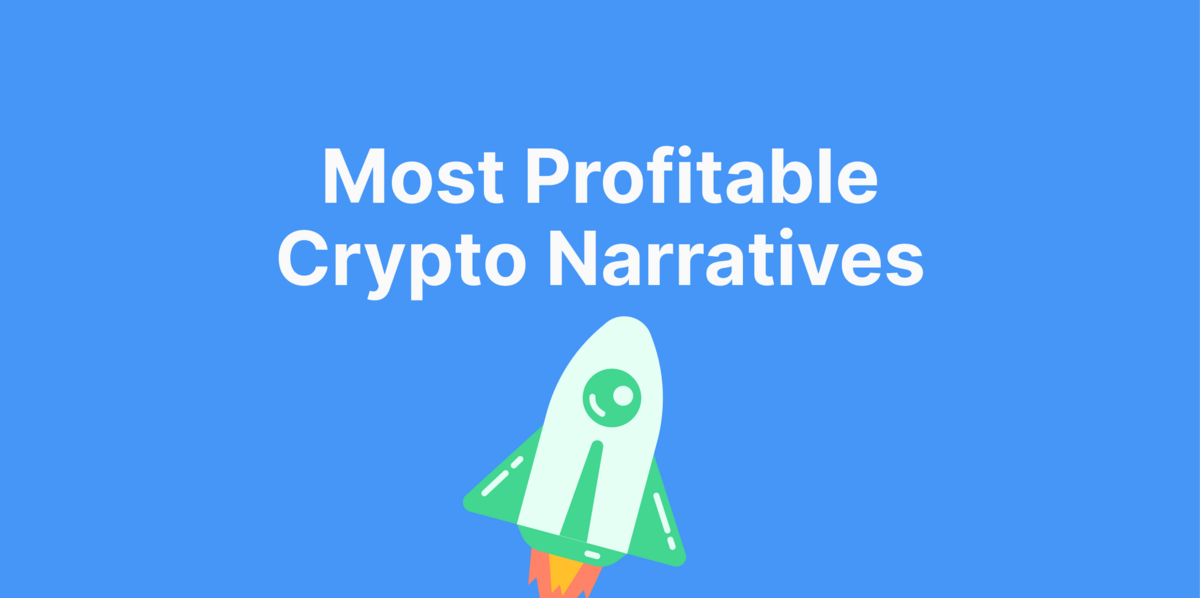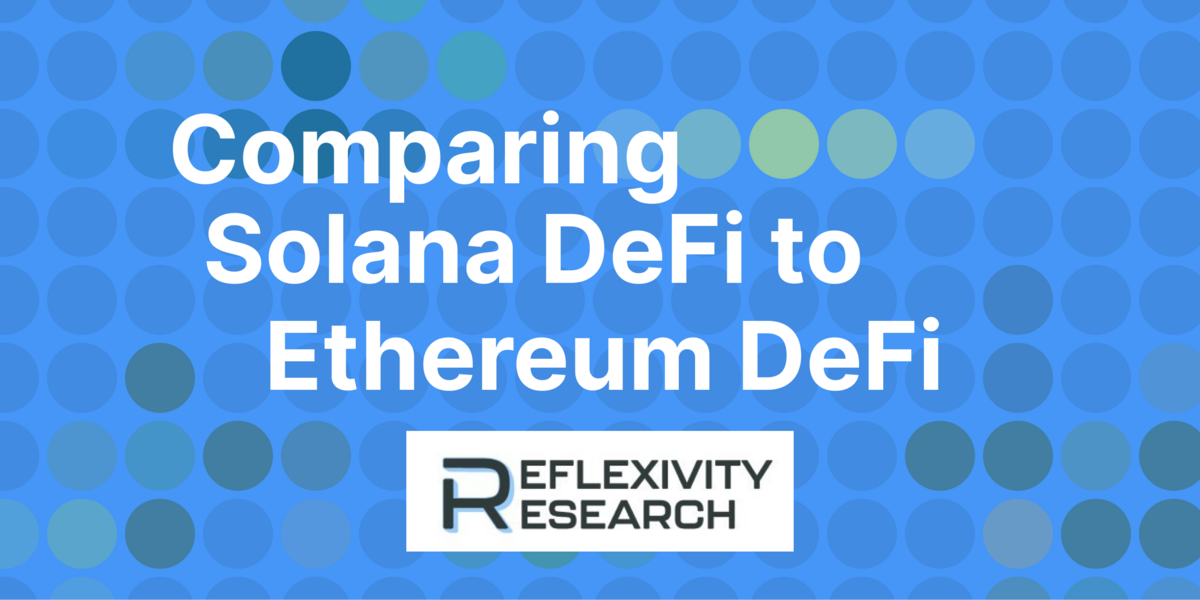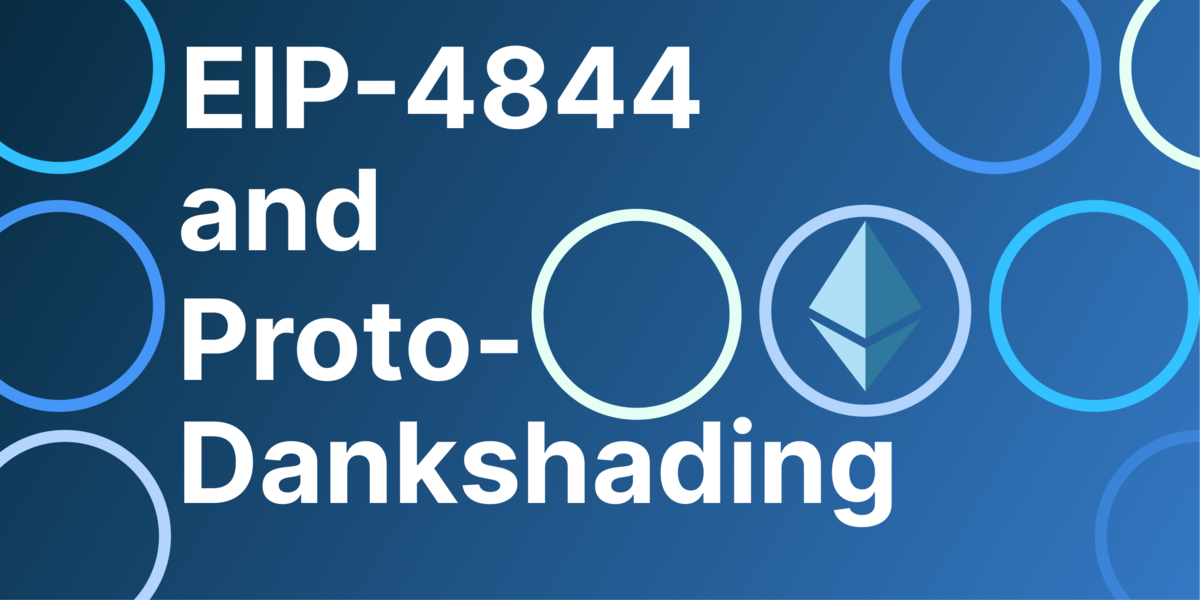
sETH
SETH Price
How is the price of sETH (SETH) calculated?
The price of sETH (SETH) is calculated in real-time by aggregating the latest data across 7 exchanges and 11 markets, using a global volume-weighted average formula. Learn more about how crypto prices are calculated on CoinGecko.
sETH Price Chart (SETH)
| 1h | 24h | 7d | 14d | 30d | 1y |
|---|---|---|---|---|---|
| 0.1% | 6.0% | 3.6% | 11.0% | 7.3% | 72.7% |
SETH Converter
|
Market Cap
Market Cap = Current Price x Circulating Supply
Refers to the total market value of a cryptocurrency’s circulating supply. It is similar to the stock market’s measurement of multiplying price per share by shares readily available in the market (not held & locked by insiders, governments) Read More |
$38,421,344 |
|---|---|
|
Market Cap / FDV
The proportion of current market capitalization compares to market capitalization when meeting max supply.
The closer the Mkt Cap/FDV to 1, the closer the current market capitalization to its fully diluted valuation and vice versa. Learn more about Mkt Cap/FDV here. |
1.0 |
|
Fully Diluted Valuation
Fully Diluted Valuation (FDV) = Current Price x Total Supply
Fully Diluted Valuation (FDV) is the theoretical market capitalization of a coin if the entirety of its supply is in circulation, based on its current market price. The FDV value is theoretical as increasing the circulating supply of a coin may impact its market price. Also depending on the tokenomics, emission schedule or lock-up period of a coin's supply, it may take a significant time before its entire supply is released into circulation. Learn more about FDV here. |
$38,421,344 |
|
24 Hour Trading Vol
A measure of a cryptocurrency trading volume across all tracked platforms in the last 24 hours. This is tracked on a rolling 24-hour basis with no open/closing times.
Read More |
$109,172 |
|
Circulating Supply
The amount of coins that are circulating in the market and are tradeable by the public. It is comparable to looking at shares readily available in the market (not held & locked by insiders, governments).
Read More |
11,608 |
|
Total Supply
The amount of coins that have already been created, minus any coins that have been burned (removed from circulation). It is comparable to outstanding shares in the stock market.
Total Supply = Onchain supply - burned tokens |
11,608 |
|
Max Supply
The maximum number of coins coded to exist in the lifetime of the cryptocurrency. It is comparable to the maximum number of issuable shares in the stock market.
Max Supply = Theoretical maximum as coded |
11,608 |
SETH Historical Price
| 24h Range | $3,092.72 – $3,312.38 |
|---|---|
| 7d Range | $3,079.00 – $3,294.93 |
| All-Time High |
$4,876.35
32.1%
Nov 10, 2021 (over 2 years)
|
| All-Time Low |
$0.01254
26392045.8%
Apr 01, 2020 (about 4 years)
|
How do you feel about SETH today?
What is sETH?
sETH, or synthetic Ether is a synthetic asset launched by Synthetix Exchange. With its underlying asset being Ether (ETH), sETH mirrors and tracks the price of Ether (ETH) provided by an oracle - Chainlink.
What are synthetic assets?
Synthetic assets or Synths are derivatives that provide exposure to real-world assets on the Ethereum blockchain. Similar to derivatives in traditional financial markets, Synths allow users to hedge and reduce their risk, speculate on price movements and gain access to unavailable assets or markets. This is all accomplished without an individual ever holding the underlying asset.
How can I obtain sETH?
To obtain sETH, users have to first obtain Synthetic Network Tokens (SNX), which is Synthetix’s native token. Users can buy SNX from exchanges such as Binance and Uniswap.
With SNX, users can then stake SNX as collateral on Mintr to mint sUSD, a synthetic US dollar stablecoin.
The amount of sUSD minted will depend on two factors; the amount of SNX staked and the collateralization ratio (C-Ratio) of the platform. Currently, the C-Ratio is 500%. This means that if the value of SNX or Synths fluctuate, the user’s C-Ratio will fluctuate as well.
The minted sUSD can then be exchanged for sETH or other Synths on Synthetic Exchange.
Alternatively, users can also buy sUSD directly on Synthetix Exchange with ETH. The purchased sUSD minted can then be exchanged for sETH and other Synths on Synthetic Exchange.
What other synthetic assets are there?
The Synths tab within Synthetix Exchange displays all its supported synthetic assets available to trade. To learn more about the inner workings of the different Synth types in detail, simply head to Synthetic’s litepaper.
In general, there are 5 types of synthetic assets:
-
Foreign Exchange (Forex): Synths that track the price of forex currencies
- Examples: sUSD, sEUR, sAUD etc.
- Examples: sUSD, sEUR, sAUD etc.
-
Commodity: Synths that track the price of commodities
- Examples: sOIL, sXAU, sXAG
- Examples: sOIL, sXAU, sXAG
-
Crypto: Synths that track the price of cryptocurrencies
- Examples: sBTC, sETH, sXRP etc.
- Examples: sBTC, sETH, sXRP etc.
-
Index: Synths that track an index - a basket of stocks or cryptocurrencies
- Examples: sDEFI, sCEX, sNIKKEI etc.
- Examples: sDEFI, sCEX, sNIKKEI etc.
-
Inverse (iSynths): Synths that inversely track the price of assets, such as cryptocurrencies or commodities
- Examples: iBTC, iETH, iOIL etc.
Where can you buy sETH?
SETH tokens can be traded on decentralized exchanges. The most popular exchange to buy and trade sETH is Curve (Ethereum), where the most active trading pair SETH/ETH has a trading volume of $104,576.35 in the last 24 hours. Other popular options include Velodrome Finance and Velodrome Finance v2.
What is the daily trading volume of sETH (SETH)?
The trading volume of sETH (SETH) is $109,172.36 in the last 24 hours, representing a -77.80% decrease from one day ago and signalling a recent fall in market activity.
What is the all-time high for sETH (SETH)?
The highest price paid for sETH (SETH) is BTC0.08867, which was recorded on Nov 10, 2021 (over 2 years). Comparatively, the current price is -32.10% lower than the all-time high price.
What is the all-time low for sETH (SETH)?
The lowest price paid for sETH (SETH) is BTC0.051993, which was recorded on Apr 01, 2020 (about 4 years). Comparatively, the current price is 26,392,045.80% higher than the all-time low price.
What is the market cap of sETH (SETH)?
Market capitalization of sETH (SETH) is BTC599.6202 and is ranked #804 on CoinGecko today. Market cap is measured by multiplying token price with the circulating supply of SETH tokens (12 Thousand tokens are tradable on the market today).
What is the fully diluted valuation of sETH (SETH)?
The fully diluted valuation (FDV) of sETH (SETH) is BTC599.6202. This is a statistical representation of the maximum market cap, assuming the maximum number of 12 Thousand SETH tokens are in circulation today. Depending on how the emission schedule of SETH tokens are designed, it might take multiple years before FDV is realized.
How does the price performance of sETH compare against its peers?
With a price increase of 3.60% in the last 7 days, sETH (SETH) is outperforming the global cryptocurrency market which is up 0.10%, while underperforming when compared to similar Ethereum Ecosystem cryptocurrencies which are up 12.70%.
How to add sETH (SETH) to MetaMask?
Adding sETH (SETH) to MetaMask allows you to view your token holdings, trade on decentralized exchanges, and more. To add them, you’ll need to import SETH as a token. You can copy SETH’s contract address (0x5e74c9036fb86bd7ecdcb084a0673efc32ea31cb) and import it manually, or if you've installed MetaMask's chrome extension, add SETH to MetaMask with one click on CoinGecko.
Add SETH to MetaMask.

sETH Markets
You may be interested in these crypto articles





























 Or check it out in the app stores
Or check it out in the app stores



